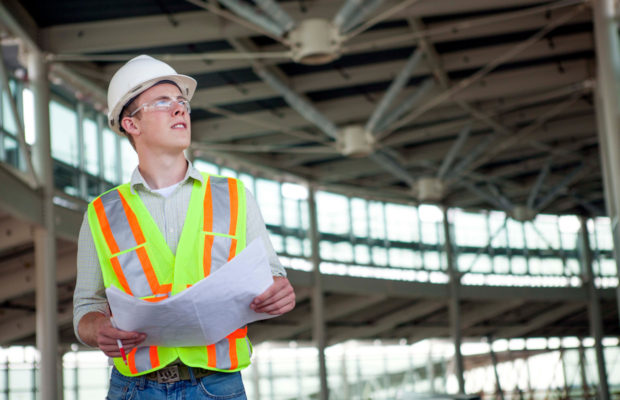Here’s How Tech Is Making The Construction Biz Low Impact And Sustainable

Traditionally, construction and engineering have been considered dirty industries. But is tech making them more low impact and sustainable? One school of thought, mainly held by economists, says that technology in construction is stagnating. Humanity has already picked all the low-hanging fruits, they say. And the big improvements are already behind us. All that’s left are minor alterations and improvements, and they’ll do little to change the world. Then there’s another point of view. This says that the biggest improvements lie ahead of us. And rather than stagnating, technology is, in fact, accelerating. As far as construction goes, it seems as if the latter point of view is winning the argument. Here’s why.
Low Impact Drilling
One thing that seems to have passed most people by is the new technology of trenchless drilling. Trenchless drilling is a method of drilling that doesn’t involve breaking the surface in multiple places. Instead, machines are lowered into a ditch and bore through the earth laterally. Doing this avoids costly digging and destruction of asphalt. Companies like DM Civil are at the forefront of trenchless ‘no drill’ technology. But their sustainability potential is still not fully recognized in the wider construction industry. Trenchless drilling technology has the potential to revolutionize sustainable construction in Western Countries.
Automation And Expert Systems
We’ve seen some significant changes in the capability of AI in recent years. The biggest change has been in areas like object recognition and language processing. We’re moving into the second era of robotics, where robots are learning to interpret their environment and move through it. Just look at the success that companies like Google, Mercedes, and Tesla are having with self-driving cars. But what about robots in construction? In Japan, expert robot makers are experimenting with robots that can spray paint walls and finish concrete. The biggest technological hurdle is giving robots the capacity to manipulate their environment fully. Right now, many of these robots are carefully curated by trained operators. But the dream is that one day, they’ll be able to paint walls themselves. The good news? These robots are about ten times faster than people. The bad news is that it’ll be at least a decade before they’re ready to operate in unstructured environments.
Construction Management
Right now the term, “fast-track construction” is something of a buzzword. It’s all to do with how the building site is managed and the idea is to make it as low-impact as possible. Essentially, construction sites are now being viewed as quasi-assembly lines. Materials arrive on site in a just-in-time manner, as and when they are needed. The whole process is now orchestrated by computers which have become a standard feature of modern building sites. Computers track progress and then coordinate with logistics so that components arrive on time.
Machines are also being outfitted with the ability to monitor and control the working environment. Now sensors are so advanced that they can detect even the smallest defects in structures or equipment. This automatic sensing capability means that machines are making construction lower impact.













 © 2024
© 2024
0 comments